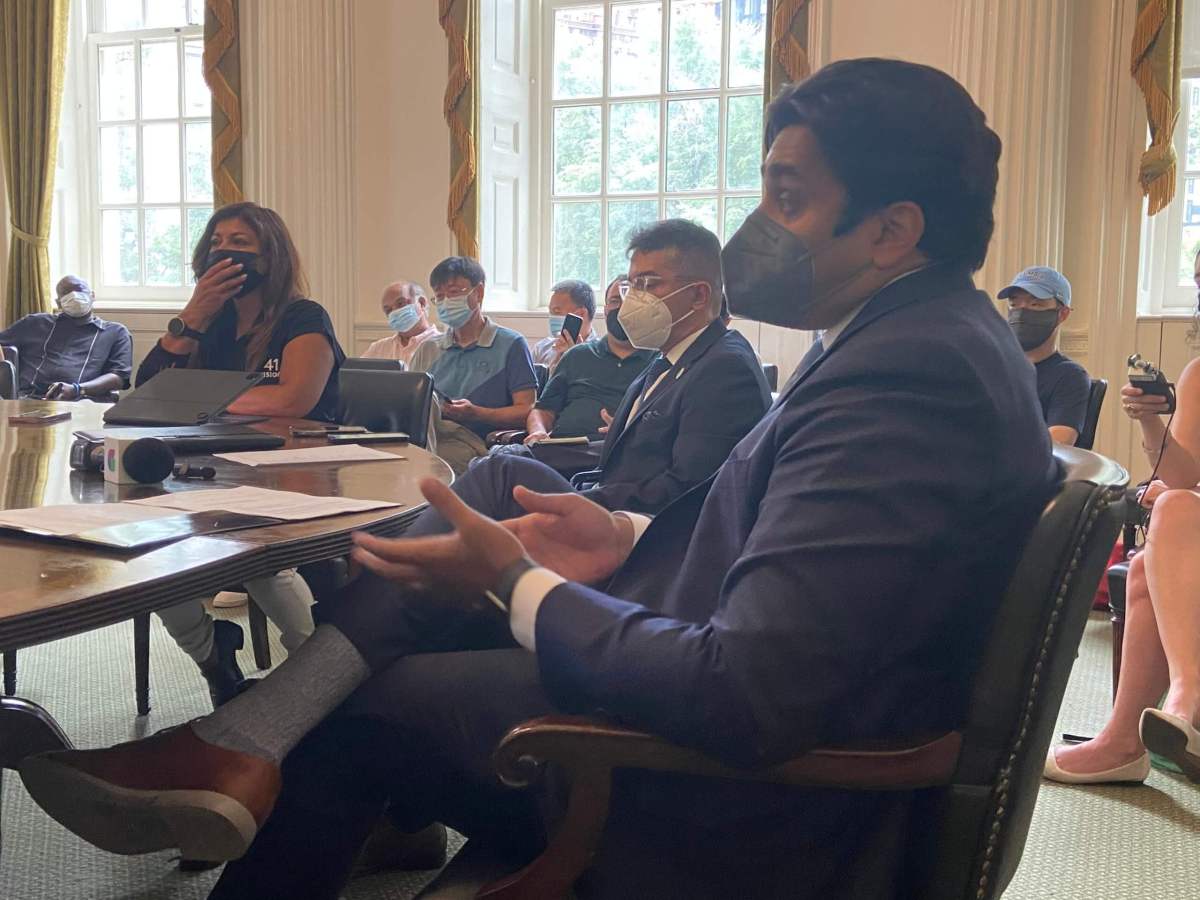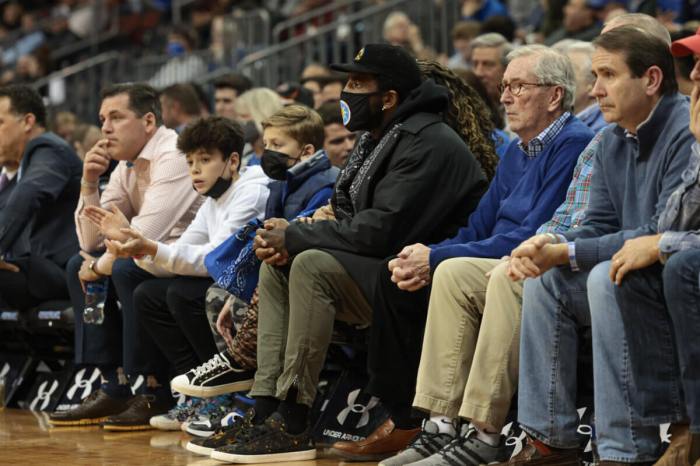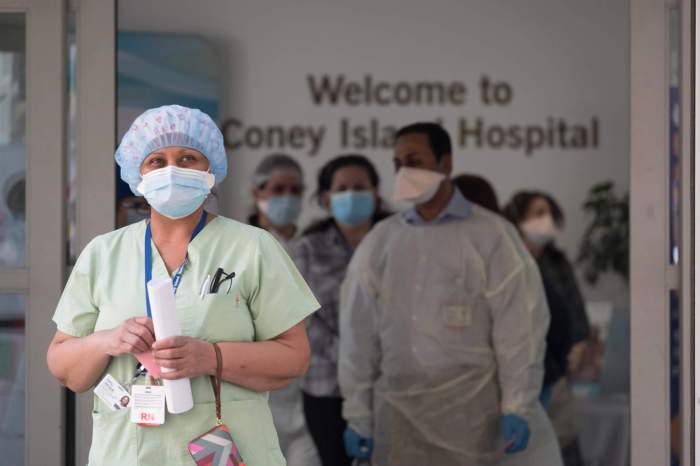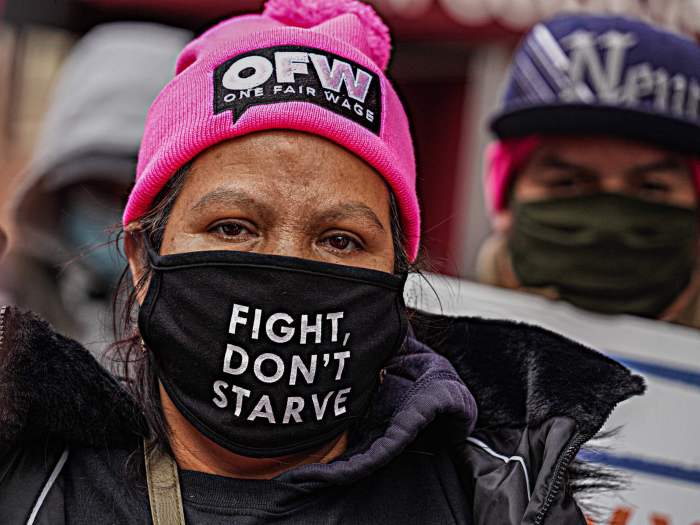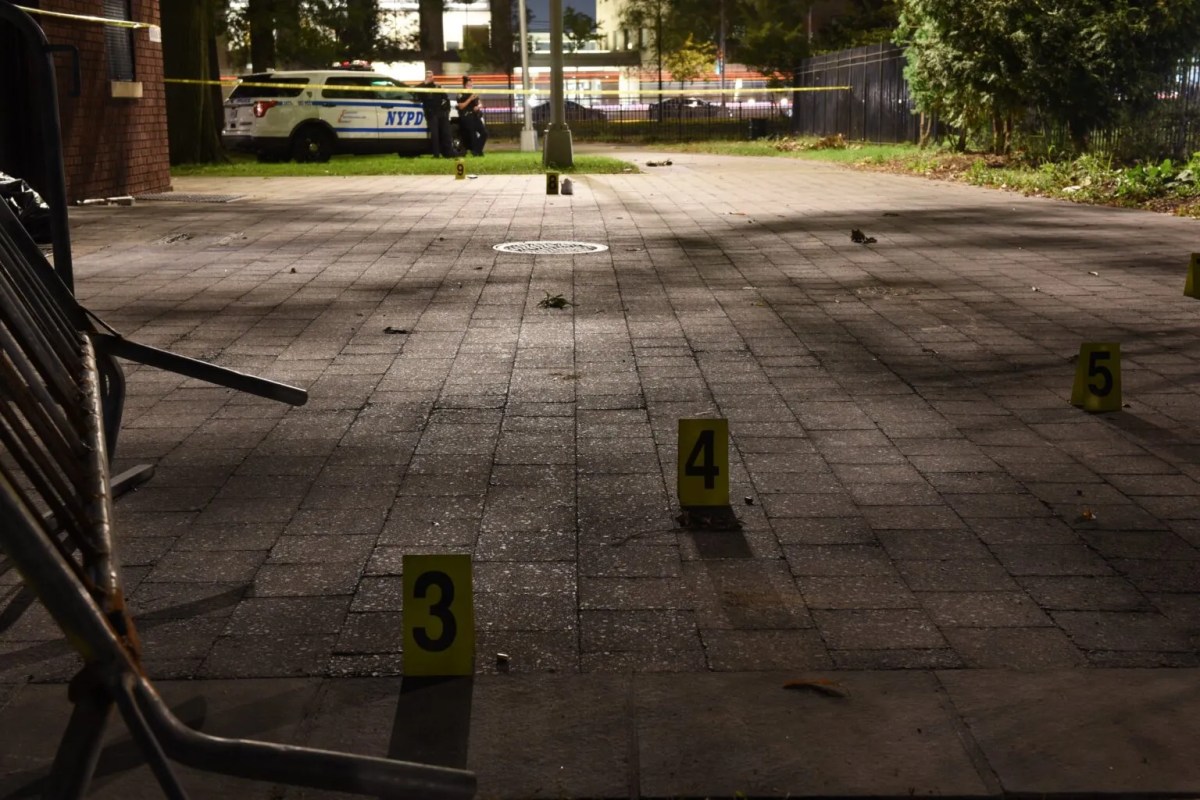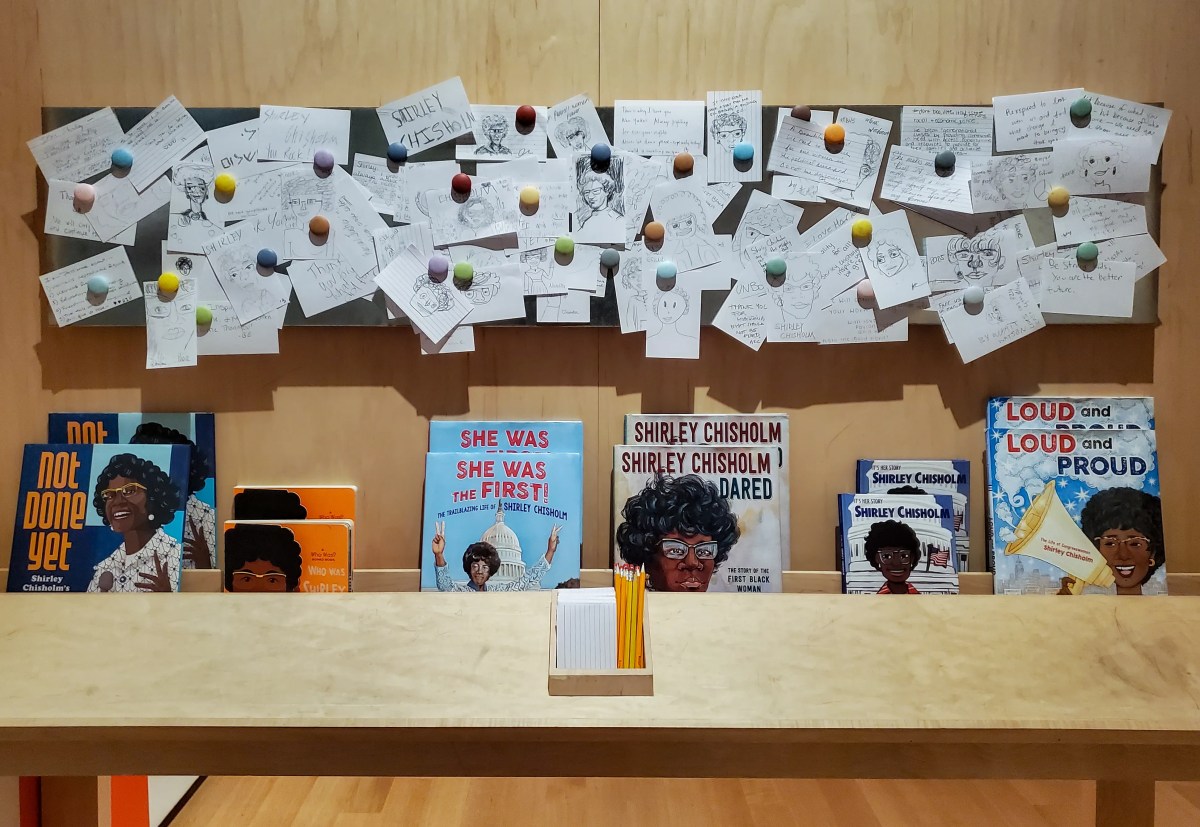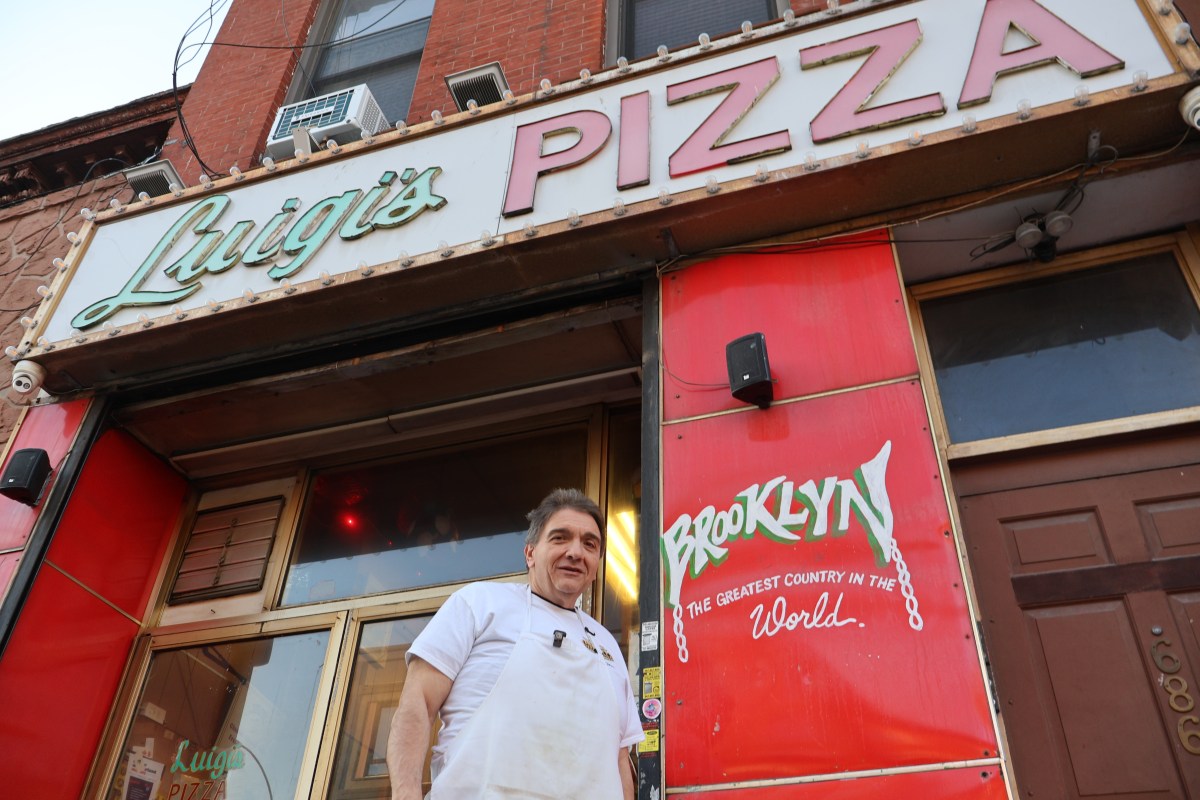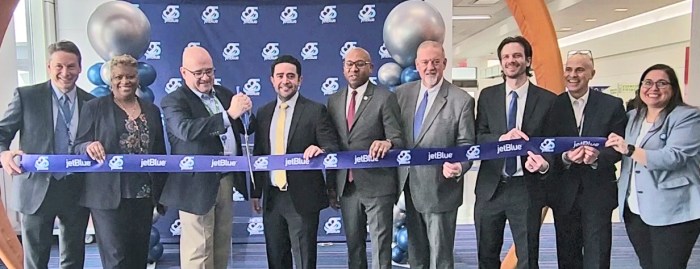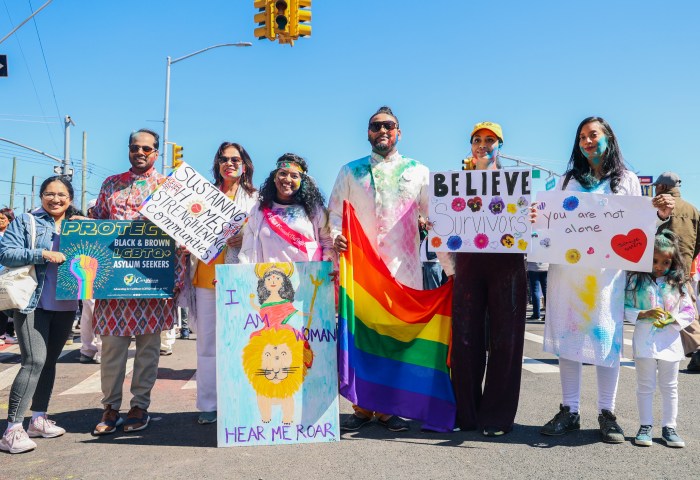Quick antiviral treatment of COVID-19 among sick New Yorkers has become the “defining feature of this phase” of the pandemic in the five boroughs, health officials said Monday.
Department of Health and Mental Hygiene (DOHMH) Commissioner Dr. Ashwin Vasan; New York City Test & Trace Corps Executive Director Dr. Ted Long and Mayor’s Office of Ethnic & Community Media Executive Director José Bayona held a media round table at City Hall to discuss the city’s ongoing efforts to keep the COVID-19 pandemic at bay.
The meeting, which was held in City Hall on July 25, and mediated by Bayona while 45 members of the press were given the opportunity to inquire about the city’s public health care methodology to beat COVID, while also emphasizing the importance of regular COVID testing in order to get treatment.
“Treatment is a defining feature of this phase of this pandemic,” Dr. Long said during the roundtable. “The more New Yorkers we treat, the more we prevent from getting admitted to the hospital and the more lives we can save. Treatment begins with testing and rapid testing is critically important to get treatment as quickly as possible. Time matters with treatment. [Paxlovid – the antiviral COVID medication] only works if you take it early enough. And treatment can save your life.”
In order to make this medication accessible and available to those who may be sick but live in areas where they may not be able to get Paxlovid, mobile COVID testing and treating units have begun to be deployed – ensuring that every eligible New Yorker can get the care they need.
Dr. Long also mentioned that other institutions have options for COVID testing as well, just to ensure that anywhere New Yorkers go, they can access testing.
“Some sites have rapid tests and PCR tests, like our mobile units that go around the city every day,” said Dr. Long. “Some sites now have the COVID treatment Paxlovid in the mobile sites themselves, and some sites are trusted places like libraries; where we are handing out free home tests so that we can make every household in New York City into a testing site.”
Dr. Long and Dr. Vasan took time to reassure New Yorkers that hospitals and healthcare centers are not facing the same crisis earlier in the pandemic where they could not physically care for all infected people
“A few weeks ago we pulled down the risk alert system,” said Dr. Vashan during the discussion. “The reason is because the data of case transmission, of hospitalization, even of health system capacity doesn’t have exactly the same meaning today as it did in March of 2020, or January or February of 2022 when we launched the risk alert system. And that’s in large measure due to how many people have gotten vaccinated, the fact that we have widespread access to testing and treatment, we are finally seeing the amount of severe disease go way down compared to the level of transmission at the [previous] time. So our hospitals are not telling us they are overwhelmed, our ICU’s are not full, our health system is not under strain and we are keeping people out of the hospital through treatment and other means.”
Dr. Long and Dr. Vasan echoed similar sentiments when it came to the wellbeing of children who are now able and recommended to receive the COVID-19 vaccine after they reach six-months of age.
In regards to potential infection and transmission in children, both doctors acknowledged that while young children can get sick and be impacted by the virus, there isn’t enough concern currently to think about implementing a citywide school or daycare mask mandate at this point in time.
“I don’t think we are at a time when we are talking about school closures,” said Dr. Vasan to amNew York. “We’ve kept our schools open for the better part of two years because we’ve committed to keeping our schools amongst the safest places possible to be in the community. And that’s in large measure due to the fact that we’ve got widespread access to testing. We send children home with tests if they’ve been exposed, we ask parents to test frequently and keep their kids out of school, and that’s worked. It has kept our schools open for two years, while many other districts across the country have struggled.”
Dr. Long added to Dr. Vasan’s comment saying that NYC has studied how safe the city’s schools have been throughout the pandemic.
“We have published these results in the Pediatrics Journal of the American Medical Association, and we found that our schools have been one of the safest places to be of anywhere you could be throughout the pandemic, especially compared to being at home or at other settings,” said Dr. Long to amNew York during the round
table. “I have two kids under five, and my little daughter got COVID [in] March – she’s one – and she was sick. In the Pfizer clinical trials for the vaccine kids six months to five years old, there is an 80% efficacy of preventing my daughter from experiencing a symptomatic disease like she did.”
To close the meeting, Dr. Vasan emphasized how the pandemic – and now the worrying spread of the monkeypox viral outbreak – has proved how permanent public health resources are lacking when it comes to emergency situations.
“All of these sites that Dr. Long has built over two years, it’s all built on the back of emergency resources,” said Dr. Vasan. “That isn’t a permanent public health infrastructure, we need permanent investments from the federal government into our communities.The kind of public infrastructure that is there even when there isn’t a pandemic.. Your communities expect to get a level of service, and they deserve a level of service that we’ve only really been able to deliver now with this massive influx of emergency funds. Your communities need to demand more from our federal partners in terms of emergency funding.”



